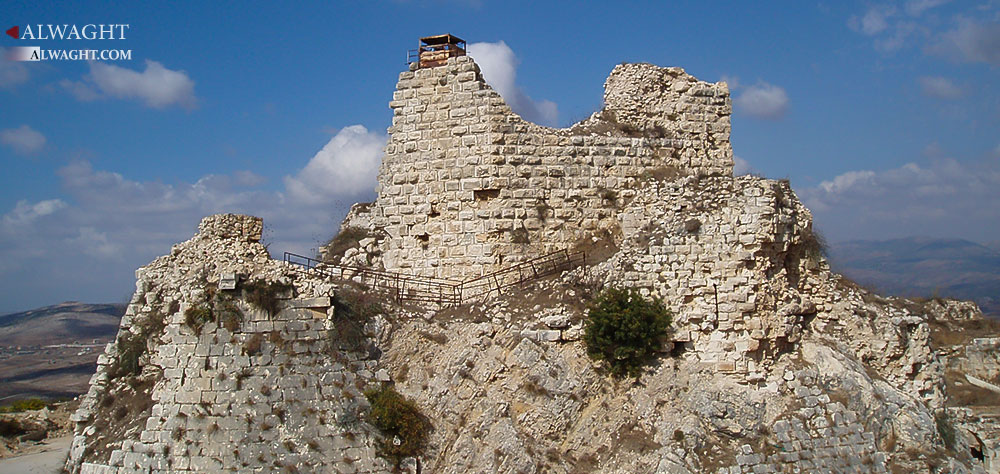Alwaght- The view is breath-taking. Standing on the precipice and looking down the slopes of Mount Hermon, the history of South Lebanon unravels in a matter of minutes; its rich geography unfolds in the steep hills, high mountains, and running river; and its present is actualized in its proximity to Palestine, the Golan Heights and the southern coastal plain.
Situated on the highest point of Arnoun in the district of Nabatieh, Beaufort Castle, which means beautiful fortress, has survived centuries of wars, witnessed the rise and fall of civilizations, and served as a historical, cultural and military stronghold. The massive basalt rocks of the medieval construction are located 717 meters above sea level and 1000 meters above the valley below overlooking the Litani river.
Since 1139, the fortress—also known as the Shaqif Arnoun Castle—has been used as a military post under the Phoenicians, Babylonians, Assyrians, Romans, and even the Crusaders.
In his book Pity the Nation: Lebanon at War, Robert Fisk describes the remnants of Beaufort in terms of its historical and military context but also paints its atypical geography. The following is a passage from a chapter entitled The Pied Piper of Damascus:
“Somehow what is left of Beaufort conspires to embody these political and religious transitions; when the mists lie in the valleys of southern Lebanon, the remaining walls can be glimpsed above the clouds, because of the peculiar geography of the place— because the ravines and wadis fold in uneven formation and in odd directions—Beaufort always appears to be in a different location, its broken ramparts a nightmare denture which eludes every contour and coordinate.”
In one closed off corner of the castle, a rocket shell remains to remind visitors of the Israeli occupation of Lebanon that began in 1982. At that time, Israeli War Minister Ariel Sharon told his troops that the castle had secured a front for them.
For eighteen years, Beaufort was under Israeli control. During this time, confrontations between the Israelis and the resistance inflicted damages on the edifice. In 2000, following their defeat by the Lebanese resistance group Hezbollah, Israeli forces blew up their barracks that brought down part of the historic stone wall. It has since stood as a symbol of resistance.
It was only until 2007, however, that the castle was open to the public and began to attract tourists who were interested in its history. Experts then began refurbishing Beaufort to make up for what was destroyed and preserve its heritage. Furthermore, recent excavations have uncovered many artifacts dating to several periods of time. Trails and a reception center were additionally made to render the place easier to tour.
T.E Lawrence has described it as the finest medieval castle in the Arab world but Beaufort Castle is not only a concrete souvenir of Lebanon’s rich past. Beaufort Castle or Shaqif has become one of the symbols of the resistance.



























